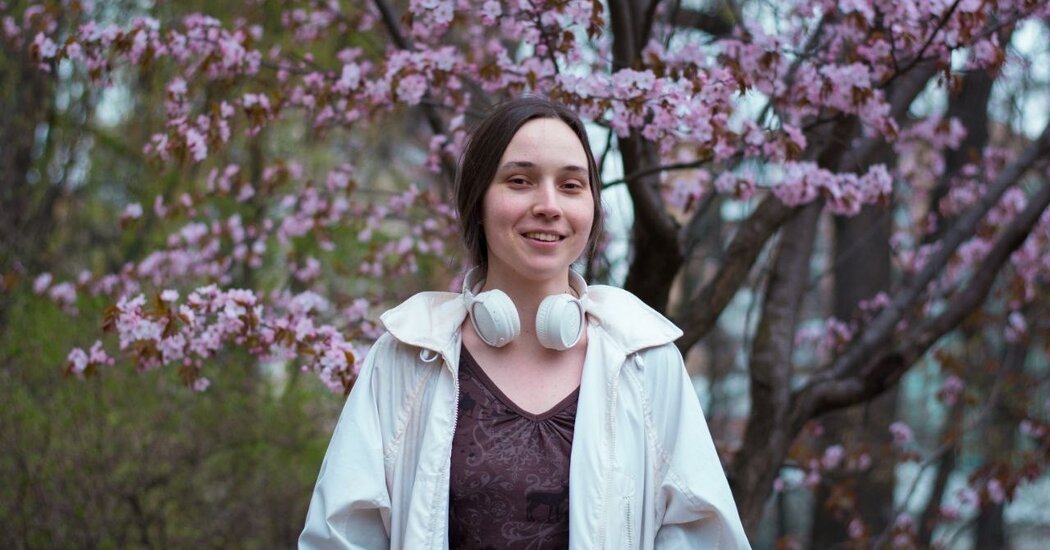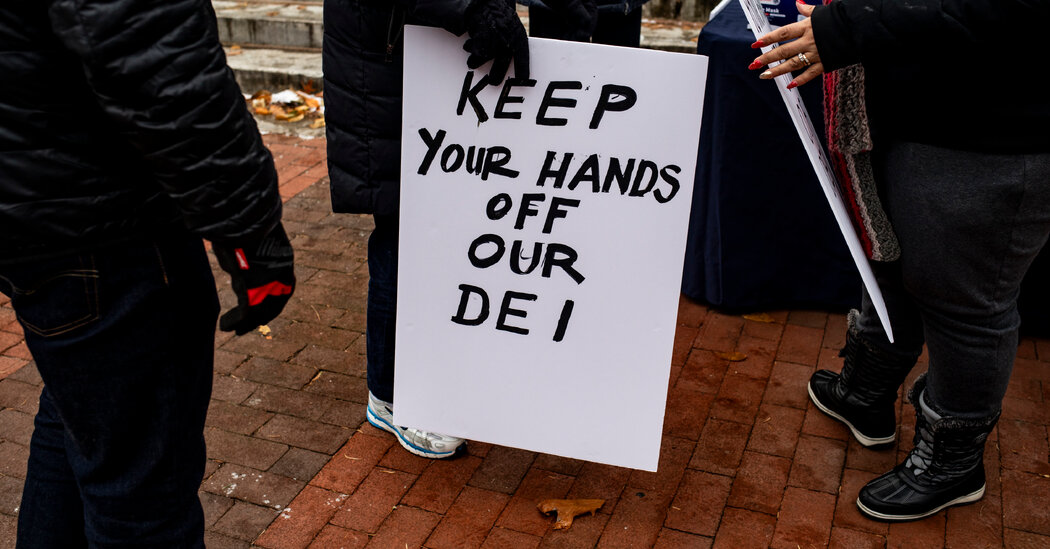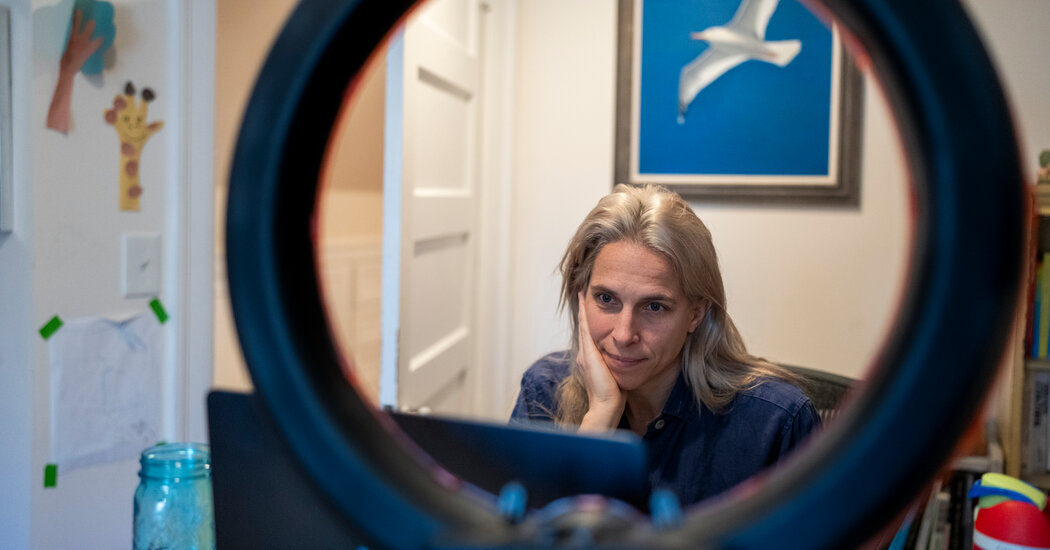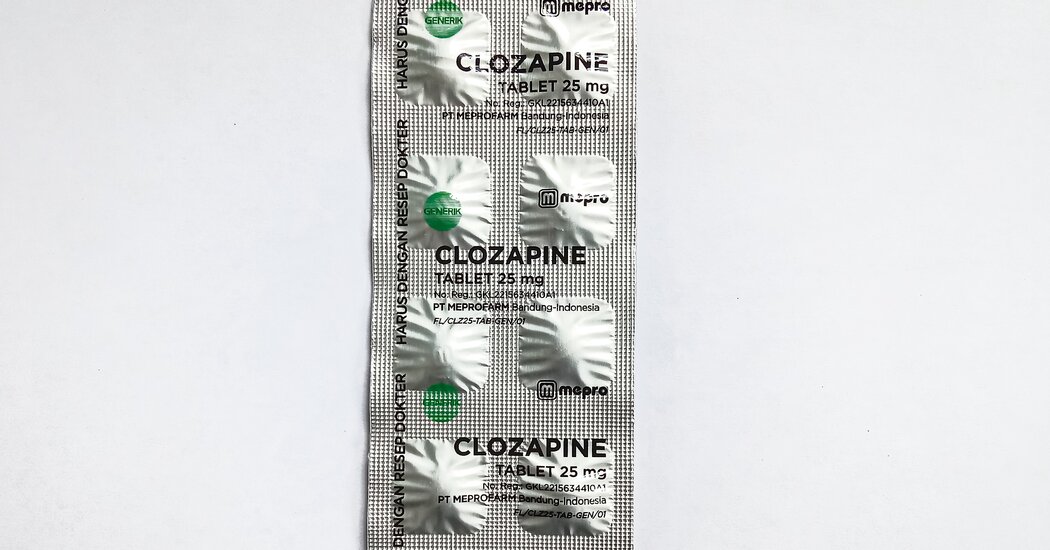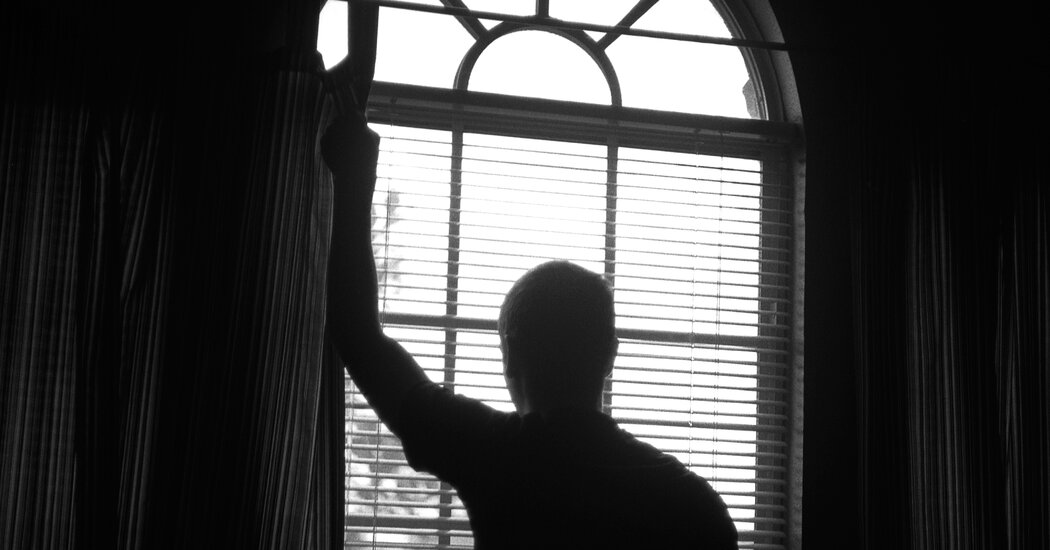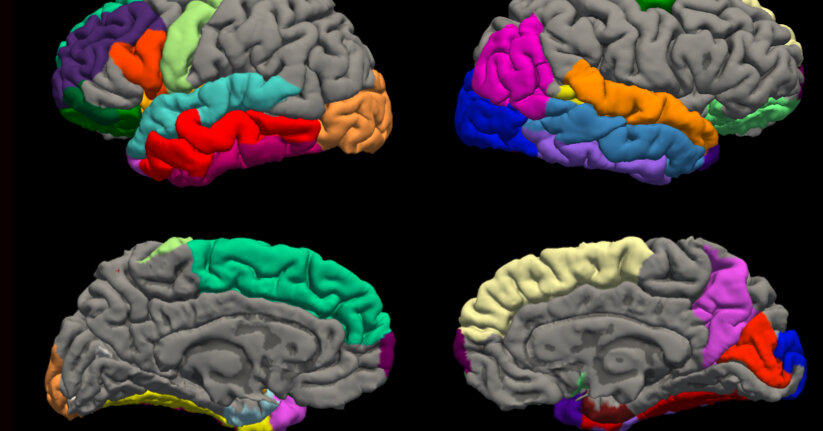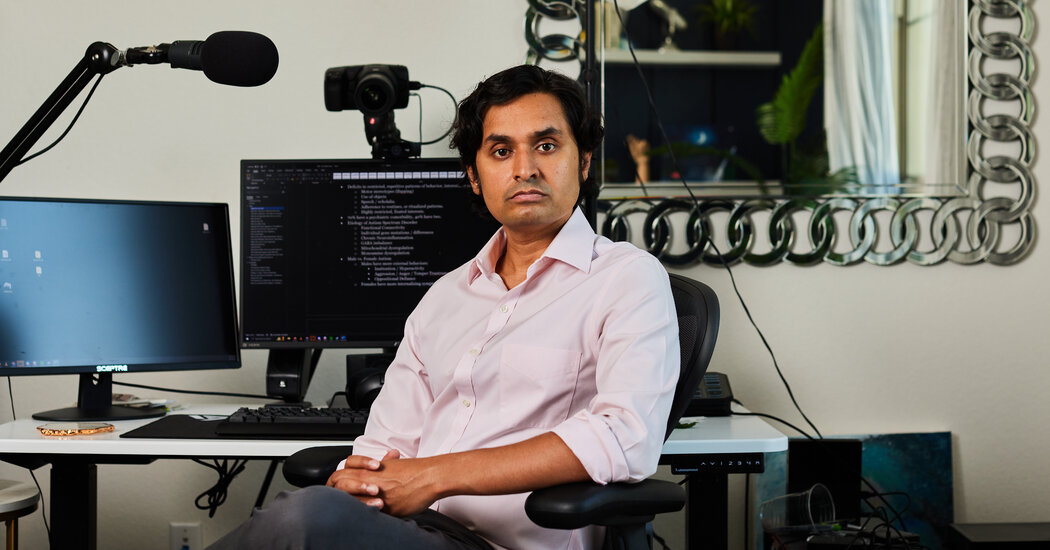She Worked in a Harvard Lab to Reverse Aging, Until ICE Jailed Her
A barracks-style detention center in Louisiana is jammed with around 90 immigrant women, mostly undocumented workers from central and South America, sharing five toilets and following orders shouted by guards.There is also, among them, a Russian scientist.She is 30 years old, shy and prone to nervous laughter. She cannot work, because her laptop was confiscated. She plays chess with other women when the guards allow it. Otherwise, she passes the time reading books about evolution and cell development.For nearly eight weeks, Kseniia Petrova has been captive to the hard-line immigration policies of the Trump administration. A graduate of a renowned Russian physics and technology institute, Ms. Petrova was recruited to work at a laboratory at Harvard Medical School. She was part of a team investigating how cells can rejuvenate themselves, with the goal of fending off the damage of aging.On Feb. 16, customs officials detained her at Logan International Airport in Boston for failing to declare samples of frog embryos she had carried from France at the request of her boss at Harvard. Such an infraction is normally considered minor, punishable with a fine of up to $500. Instead, the customs official canceled Ms. Petrova’s visa on the spot and began deportation proceedings. Then Ms. Petrova told her that she had fled Russia for political reasons and faced arrest if she returned there.This is how she wound up at the Richwood Correctional Center in Monroe, La., waiting for the U.S. government to decide what to do with her.We are having trouble retrieving the article content.Please enable JavaScript in your browser settings.Thank you for your patience while we verify access. If you are in Reader mode please exit and log into your Times account, or subscribe for all of The Times.Thank you for your patience while we verify access.Already a subscriber? Log in.Want all of The Times? Subscribe.
Read more →
